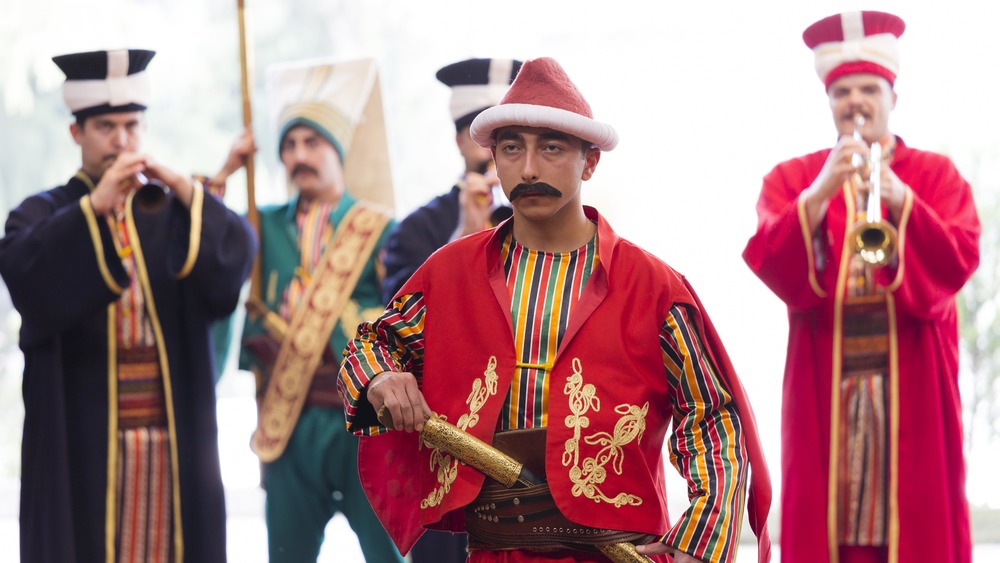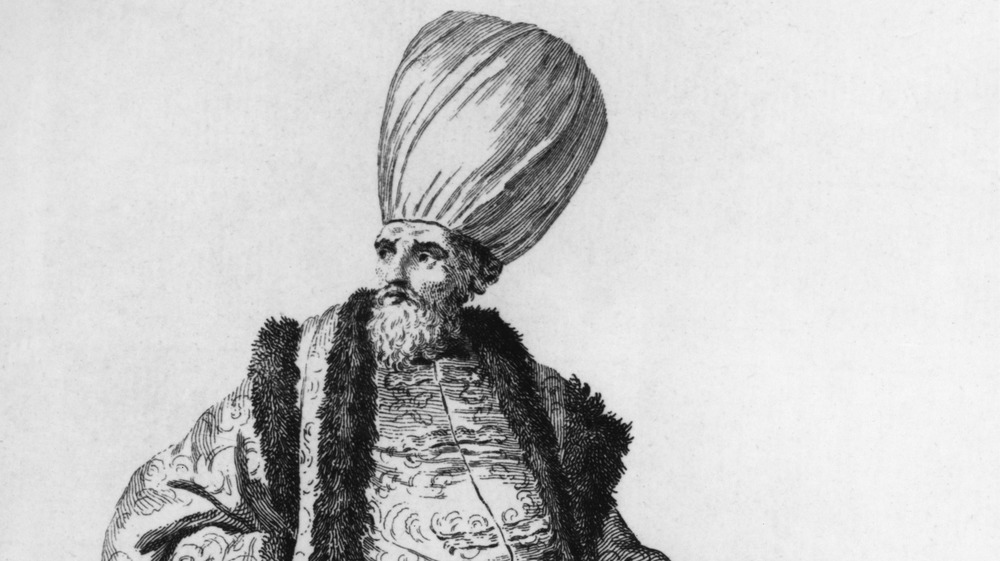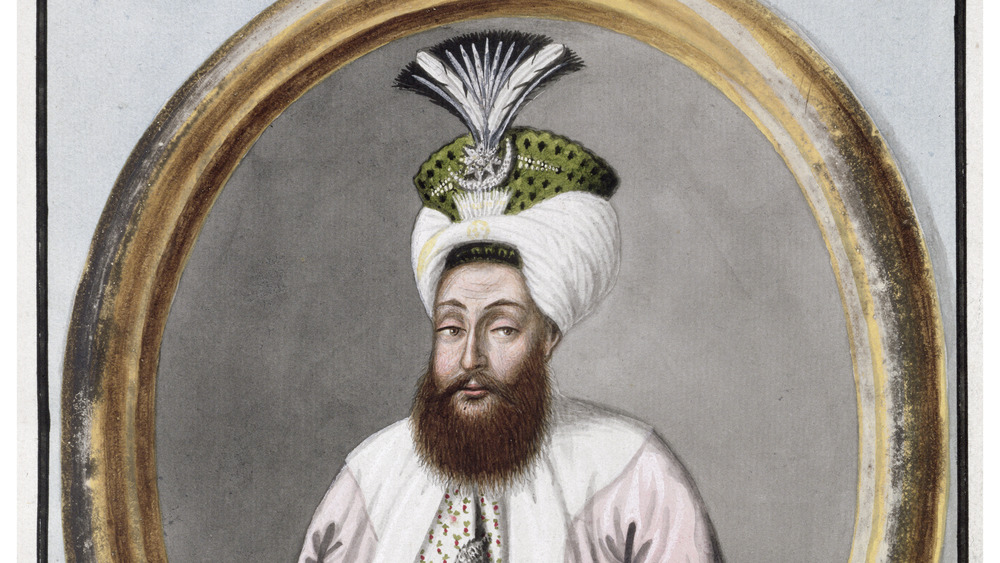The Truth About The Ottoman Empire's Most Elite Soldiers
History has its fair share of fierce warriors. From the Amazonians of legend to the Navy SEALs of today, many nations sought to defend their territory by training an elite group of soldiers.
The Ottoman Empire was no exception. It trained young men to become Janissaries, their version of special forces, throughout the centuries of its existence.
Janissaries began in the 14th century, wrote Giles Veinstein in the book Fighting for a Living: A Comparative Study of Military Labor 1500-2000, during the reign of Sultan Murad I. The group served the empire as policemen, palace guards, or firefighters during peacetime, but their biggest contribution was during wartime.
Surrounding kingdoms and empires feared the Janissaries, explained Atlas Obscura. After all, it was the Janissaries that breached the walls of Constantinople during the Crusades. They were so fearsome that in 1526, the unit wiped the floor with the Hungarian knights during the Battle of Mohacs. The sultan always rode with the Janissaries in battle, so the group became closely tied to the current ruler's power and military might.
Janissaries distinguished themselves with their uniforms and their superb marksman abilities. They wore light clothing with headgear to differentiate from the regular army. They carried a bow, a thin sword called a Turkish yatagan, and later, a musket. The Janissaries moved faster and more efficiently than an armor-clad knight in full chain mail regalia.
Janissaries also had salaries. Yet, being a Janissary wasn't a walk in the park.
The Ottoman Empire's blood tax
No one really chose to be a Janissary. The Ottoman Empire devised a way to increase its ranks through a rather insidious way: slavery. The first Janissaries were slaves and prisoners of war, but later, the recruitment got bloody.
According to History of Yesterday, Turkish officials took young boys from Christian families in a blood tax system called the gathering, or devşirme. Turkish officials went around their surrounding territories every five years or so and left with one boy, usually between the age of six to 10, from every 40 houses. Since only so few boys are taken, they tend not to have friends within their hometowns.
The boys are housed in Turkish homes and told to convert to Islam. They work first as farm laborers until they're deemed strong enough. The boys then go to the capital to be tested and assigned different roles within the military. They are then trained for six years in the fighting style of the Janissaries.
While it's cruel to rip a boy away from their families, it brings perks once they become a full-fledged Janissary. Not only do they get a salary, but Janissaries are considered free men and are treated as sons of the sultan. Many Janissaries rise to positions of power within the government. Although, as Veinstein wrote, the children's parents did try to protect their sons from the devşirme, it was acknowledged that families reap many benefits such as a better social standing and more money.
Elite soldiers that resisted change
Despite the perks, Janissaries were prone to mutiny. Atlas Obscura noted Janissaries were loyal to the sultan unless the leader wanted reform.
The Janissary military hierarchy was based on food and the kitchen. Units were called hearths, commanders become soup makers, and he carried a ladle, and other ranks were chef, baker, and bread maker. Sultans knew if the Janissaries planned a coup. The men would tip their cauldrons over and beat it with the ladles. It sounds funny but for Janissaries, accepting the sultan's food was a sign of loyalty, so refusing it meant rebellion.
Sultans grew afraid of mutinies, and Janissaries became so influential that they could influence policy decisions. Sultan Selim III tried to modernize the unit in 1806, and the Janissaries revolted and killed the leader of the Ottoman Empire.
But, Janissaries started to become a joke in Europe. By the 18th century, Janissaries numbered around 80,000. Devşirme no longer dictated recruitment; other Turkish men could now join, which meant the criteria was relaxed. Training stagnated. Other European countries, though, modernized their military and were more powerful than the Ottoman army.
Selim III's successor, Sultan Mahmud II, wanted to be rid of the troublesome Janissaries. In 1826, he called for the unit's disbandment. Cauldrons were overturned, but the sultan was ready. He ordered cannons to shoot the Janissary barracks. The men were then chased through the streets and imprisoned. Thus, spelling the end for one of history's greatest armies.


